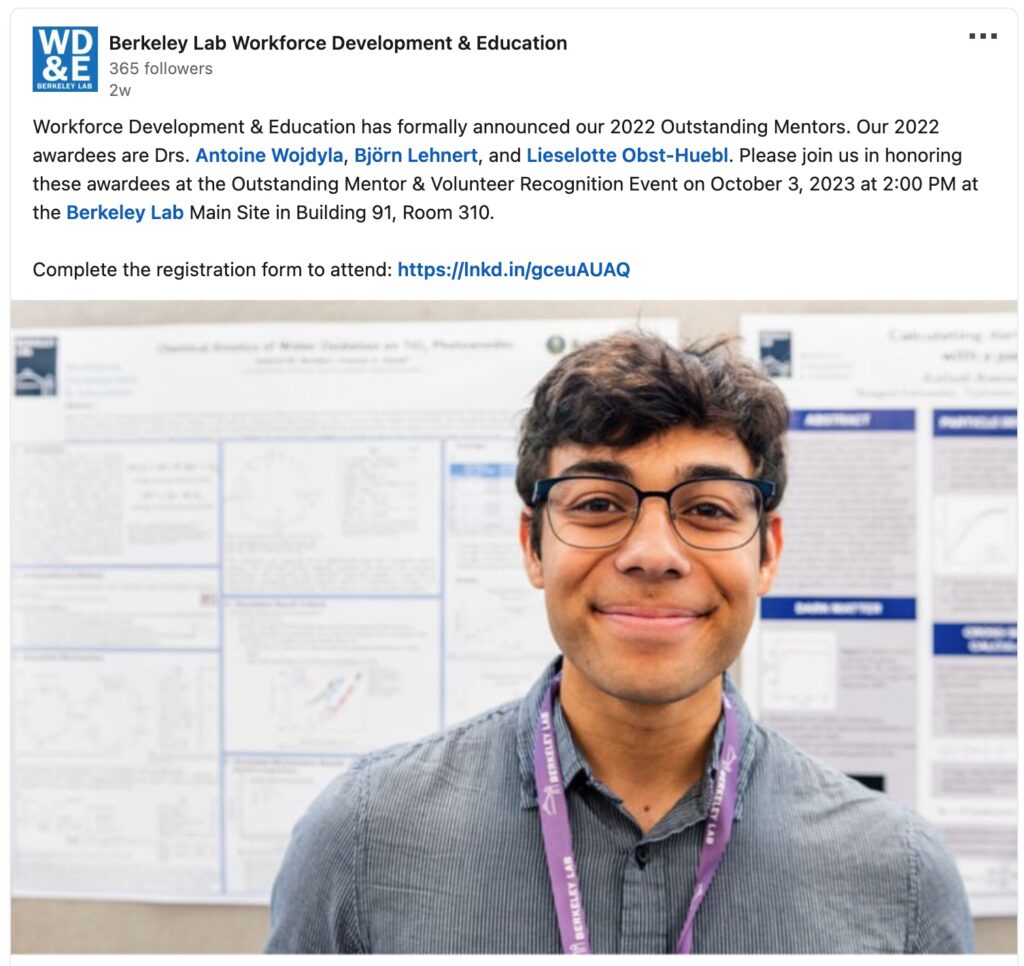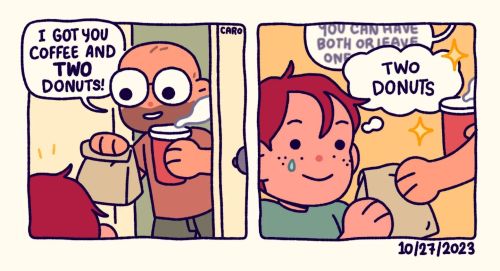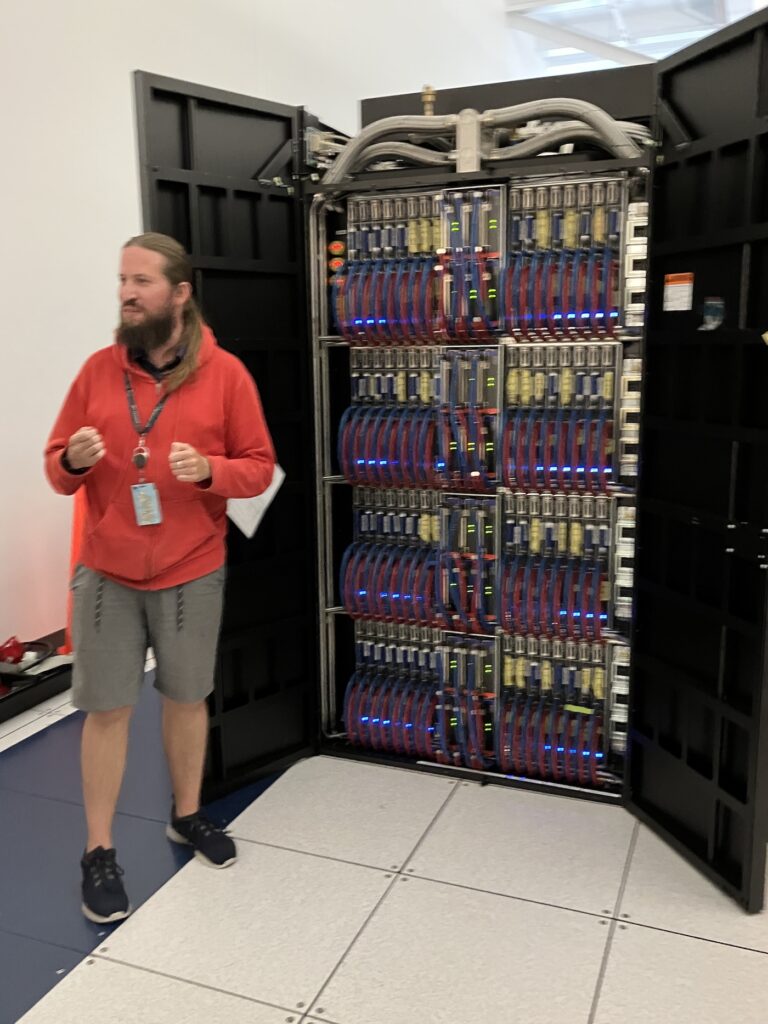Actibus immensis urbs fulget masiliensis“The city of Marseille shines through his great achievements”
Subluminal
Slower than the speed of light, but not by much
Category Archives: science
Synchrotron Radiation News
The issue of Synchrotron Radiation News I had the honor to co-edit with my colleagues Lucia Alianelli from Diamond Light Source is out – hot off the press!
Table of Content – Synchrotron Radiation News 36-5 issue on New Developments in Beamline Design Tools (2024)Guest Editorial – Antoine Wojdyla and Lucia Alianelli
https://doi.org/10.1080/08940886.2023.2274751
Luca Rebuffi (Advanced Photon Source, USA) andManuel Sánchez del Río (European Synchrotron Radiation Facility, France)
https://doi.org/10.1080/08940886.2023.227474440 Years of SHADOW: Serving Four Generations of Synchrotron Facilities
Manuel Sánchez del Río (European Synchrotron Radiation Facility, France) and Luca Rebuffi (Advanced Photon Source, USA)
https://doi.org/10.1080/08940886.2023.2274745Status of the Synchrotron Radiation Calculation Code SPECTRA: New Functions and Latest Developments
Takashi Tanaka (Spring-8, Japan)
https://doi.org/10.1080/08940886.2023.2274757Applications of “Synchrotron Radiation Workshop” Code (SRW)
Oleg Chubar and colleagues (National Synchrotron Radiation Facility, USA)
https://doi.org/10.1080/08940886.2023.2274739New Features of xrt: Bent Crystals, Coherent Modes, Waves with OAM
K. Klementiev and R. Chernikov (MavIV, Sweden)
https://doi.org/10.1080/08940886.2023.2274735Developments in X-Ray Optics Modelling at Diamond Light Source
John P. Sutter and colleagues (Diamond Light Source, UK)
https://doi.org/10.1080/08940886.2023.2274754Beamline Optics and Modeling School (BLOMS) 2023
Kenneth Goldberg (Advanced Light Source, USA)
https://doi.org/10.1080/08940886.2023.2274746
The pi rule
These days things are getting pretty busy on my end – so many cool projects to engage with and only 24 hours a day.
 And you end up doing more things that you can accomplish. The reason often lies in the unrealistic assessment of the time it would take to complete a task, and I came across the “pi” rule, initially posited by my mentor Ken, with a pretty neat explanation from my colleague Val:
And you end up doing more things that you can accomplish. The reason often lies in the unrealistic assessment of the time it would take to complete a task, and I came across the “pi” rule, initially posited by my mentor Ken, with a pretty neat explanation from my colleague Val:
If you estimate it will take one unit of time to complete a task, the task will effectively take 3.14 (≈π) times more than you initially anticipated.
The reason for the difference between dream and reality is that we generally do not factor in:
- (1) the time it takes to ease into the task (e.g. collecting documentation, emails) and
- (2) the time requires to document the work done (reports, emails)
Taken together with the times its take to accomplish a task, you end up with roughly a factor three – and you end up feeling terrible during the week-ends trying to catch up what you were set to do during the week, but got busy doing (1) or (2)
A corollary of the pi rule is the “next up” rule: if you work on project with a relatively large team, it generally takes the next unit of time to complete it (e.g. one hour become one day; one day becomes a week; a week becomes a months), generally because of the friction at the interfaces. Reducing these frictions at the interfaces should therefore be a priority.Weekends are a constant battle between “I should do all the work I put off during the week!” and “taking time off is important to recharge!” but it’s okay because I usually find a nice compromise in which I lounge around feeling guilty and accomplishing nothing
— Katie Mack (@AstroKatie) August 15, 2021
Engineering interfaces in big science collaborations
I recently learned that my colleague Bertrand Nicquevert has worked extensively on a model to describe interactions between various counterparts:
Modelling engineering interfaces in big science collaborations at CERN: an interaction-based modelhttps://cds.cern.ch/record/2808723?ln=fr Continue reading
Hotline bling
I was lucky to meet the President of the University of California Michael V. Drake, in my capacity of co-chair of the Berkeley Lab Global Employee Resource group (global.lbl.gov), dedicated to providing support to international employees at the national laboratory.
I made the point the re-building communities should be a priority after the pandemic, and particularly early career scientists, who do not have family or go to school where they could thread their social fabric. The participation of international scientist at Berkeley Lab is an important strength, because the national lab is de facto at the center of international research, and that gives it a competitive edge compared to other countries such as China or Saudi Arabia, where large research expenditure cannot compensate the lack of free flow of ideas.
I think my talking points were well received, and president Drake encouraged collaboration on these topics with the University of California, BerkeleyLadder of causation
I’ve read an interesting piece on Twitter from the always excellent Kareem Carr on the ladder of causation. I found it very interesting, because it allows you to go beyond the mantra “corelation is not causation“, and links statistics to the concept of falsifiability that Thomas Kuhn puts as central to sciences.
The Ladder of Causation
The Ladder of Causation has three levels:
1. Association. This involves the prediction of outcomes as a passive observer of a system.2. Intervention. This involves the prediction of the consequences of taking actions to alter the behavior of a system.3. Counterfactuals. This involves prediction of the consequences of taking actions to alter the behavior of a system had circumstances been different.I even read the book from which – “The Book of Why” [Full book on the Internet Archive] by Judea Pearl, a Turing prize recipient who worked on Bayesian network. The book quite illuminating, mentioning a bit too often dark figures such as Galton, Pearson and Fisher (it seems statistician get really high on their own supply.)On Mentorship
This last month, I received two awards related to mentorship from Berkeley Lab. They both came as a surprise, since I consider myself more a student of mentorship than someone who has something to show for.
Berkeley Lab Outstanding Mentorship AwardDirector’s award for For building the critical foundations of a complex mentoring ecosystem I began to be interested in mentorship after I realized that mentorship plays a large role in the success of young scientist, (1) having experience myself the difference between having no mentorship and having appropriate mentorship (I’ll be forever grateful to my mentor/colleague/supervisor Ken Goldberg), (2) having had tepid internship supervision experience due to the lack of guidance, (3) realizing that academia is ill-equipped to provide the resources necessary for success.While I was running Berkeley Lab Series X, I always asked the speakers (typically Nobel prize laureates, stellar scientists and directors of prominent research institutions) how they learned to manage a group, and they answer was generally: “on the spot, via trial and error”, what struck me as awfully wrong. If people don’t get the proper resources/training, many are likely to fail, and drag their own group down the abyss. In this post, I will try to share resources I gathered along the years, and what I learned about mentorship, and provide some resources I found useful. This is more descriptive of my experience than prescriptive, but I hope you find this useful. Continue reading
I began to be interested in mentorship after I realized that mentorship plays a large role in the success of young scientist, (1) having experience myself the difference between having no mentorship and having appropriate mentorship (I’ll be forever grateful to my mentor/colleague/supervisor Ken Goldberg), (2) having had tepid internship supervision experience due to the lack of guidance, (3) realizing that academia is ill-equipped to provide the resources necessary for success.While I was running Berkeley Lab Series X, I always asked the speakers (typically Nobel prize laureates, stellar scientists and directors of prominent research institutions) how they learned to manage a group, and they answer was generally: “on the spot, via trial and error”, what struck me as awfully wrong. If people don’t get the proper resources/training, many are likely to fail, and drag their own group down the abyss. In this post, I will try to share resources I gathered along the years, and what I learned about mentorship, and provide some resources I found useful. This is more descriptive of my experience than prescriptive, but I hope you find this useful. Continue reading
Lamaseries
It’s been a few months since the ChatGPT craze started, and we’re finally seeing some interesting courses and guidelines, particularly for coding, where I found the whole thing quite impressive.

Ad hoc use of LLaMa
Here’s a few that can be of interest, potentially growing over time (this is mostly a notes to self.)
- chat.openai.com
- ChatGPT Prompt Engineering for Developers (Andrew Ng)
- Berkeley Lab Guidance on using Generative AI tools
- HuggingFrace’s Wizard coder
- Meta’s Code Llama, through Perplexity: labs.perplexity.ai or HuggingFace
Plus – things are getting really crazy: Large language models encode clinical knowledge (Nature, Google Research.)
Party lk- it’s 99
I leave Twitter for a few month, and the science world is all upside down!
The superconductivity community was simmering, with the news that a new compound name LK-99 may be superconducting at room temperature. Eventually, things quenched abruptly, but not without an interesting foray on how science works nowadays, some good takes and a decent media coverage.I first learn about it when I read an article in Ars Technica “What’s going on with the reports of a room-temperature superconductor?” where I saw the name of my friend Sinead popping up. She was in the spotlight because she had run some very complicated simulations to determine whether LK-99 could be a candidate for superconductivity, and found that the material has indeed some interesting features – volume collapse and flat bands – the latter being a common feature of superconductors.Alas, it seems that the results from the initial paper failed to be reproduced by other teams, who in passing found some interesting properties for this class of material. Inna Vishik, who was running the ALS UEC Seminar Series: Science Enabled by ALS-U with me, summarized it well:Now that I have a captive audience…(welcome new followers!) a monster thread on what my paper says, the approximations and the caveats… (1/aleph) https://t.co/twSIsn1Ho9
— Sinéad Griffin (@sineatrix) August 2, 2023
“The detective work that wraps up all of the pieces of the original observation — I think that’s really fantastic,” she says. “And it’s relatively rare.”
LK-99 isn’t a superconductor — how science sleuths solved the mystery – Nature
Updates on AI for big science
There’s a lot of things happening on the front of AI for Big Science (AI for large scale facilities, such as synchrotrons.)
The recently published DOE report in AI for Science, Energy, and Security Report provides interesting insights, and a much-needed update to the AI for Science Report of 2020.Computing Facilities are upgrading to provide scientists the tools to engage with the latest advances in machine learning. I recently visited NERSC’s Perlmutter supercomputer, and it is LOADED with GPU for AI training.Meanwhile, companies with large computing capabilities are making interesting forays in using AI for science, for instance Meta, which is developing OpenCatalyst in collaboration with Carnegie-Mellon University, where the goal is to create AI models to speed up the study of catalysts, which are generally very computer-intensive (see the Berkeley Lab Materials Project.) Now the cool part is to verify these results using x-ray diffraction at a synchrotron facilities. Something a little similar happened with AlphaFold where newly derived structure may need to be tested with x-rays at the Advanced Light Source: Deep-Learning AI Program Accurately Predicts Key Rotavirus Protein Fold (ALS News)
Continue readingInstitutional Open Data
Things are moving in terms of Open Data! The Department of Energy has just released an update to it Public Access Plan (initially published in 2014), and embracing the use of persistent identifiers for papers and data, to promote the FAIR principles (Findability, Accessibility, Interoperability, and Reusability of data and metadata.)
And let me insist on the last bit:
Data without metadata is mostly useless
At the time where Twitter was a nice place to share thoughts and disseminate bite-sized knowledge, I thought the Twitter posts/URL were something akin to Digital Object Identifiers – you could post an image with caption, and share the link on your blog or with anyone (now Twitter doesn’t allow to share those so easily.) Zenodo allows you to creat actual DOI for your data (data will include your ORCID and metadata.), albeit not as user-friendly – and to some extent, github works the same way (the visualization and graphical content is not the best)
At Berkeley Lab, the Office of Research Compliance has updated its guideline, providing excellent resources to build a Data Management Plan.



